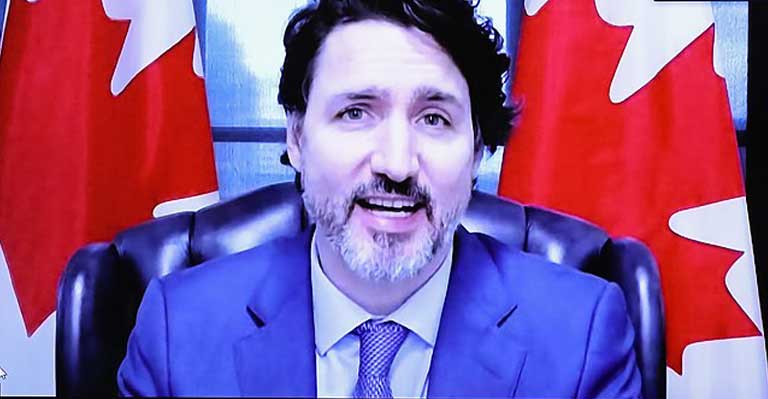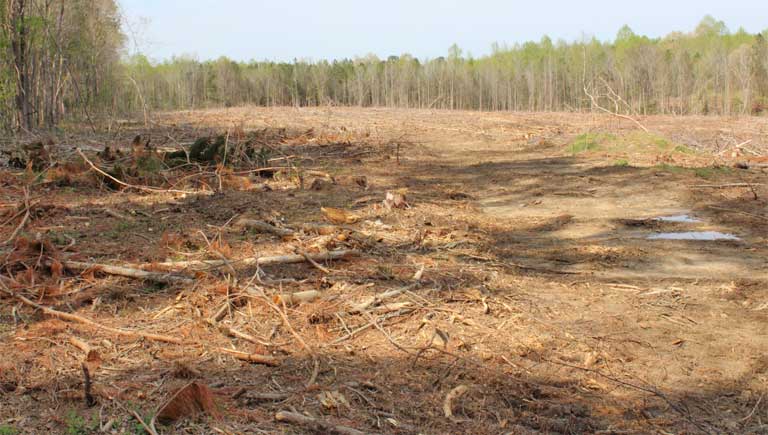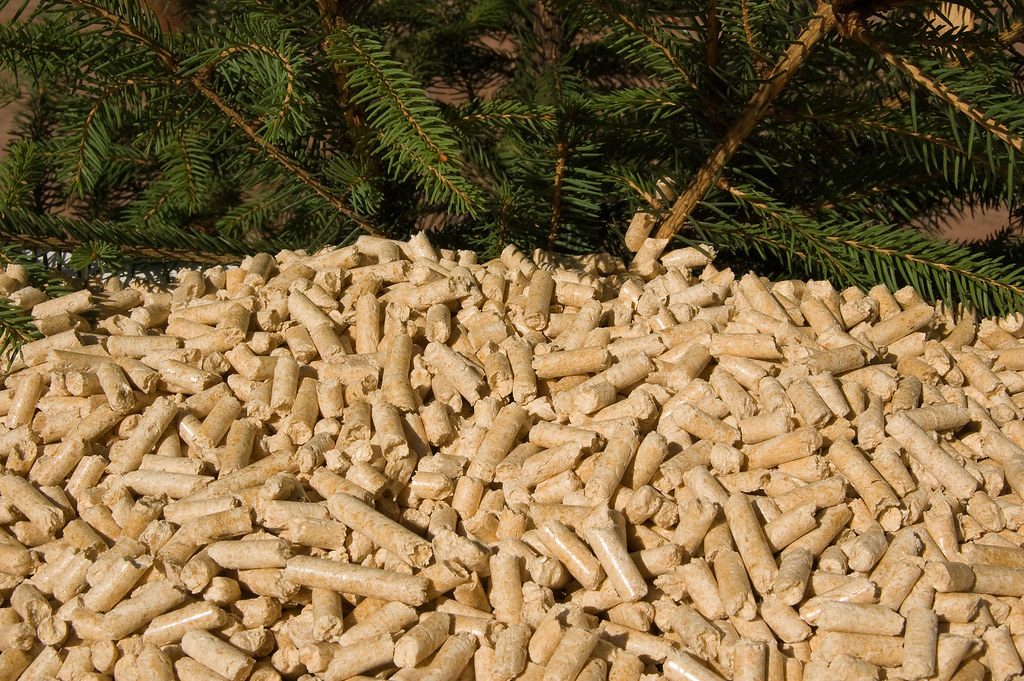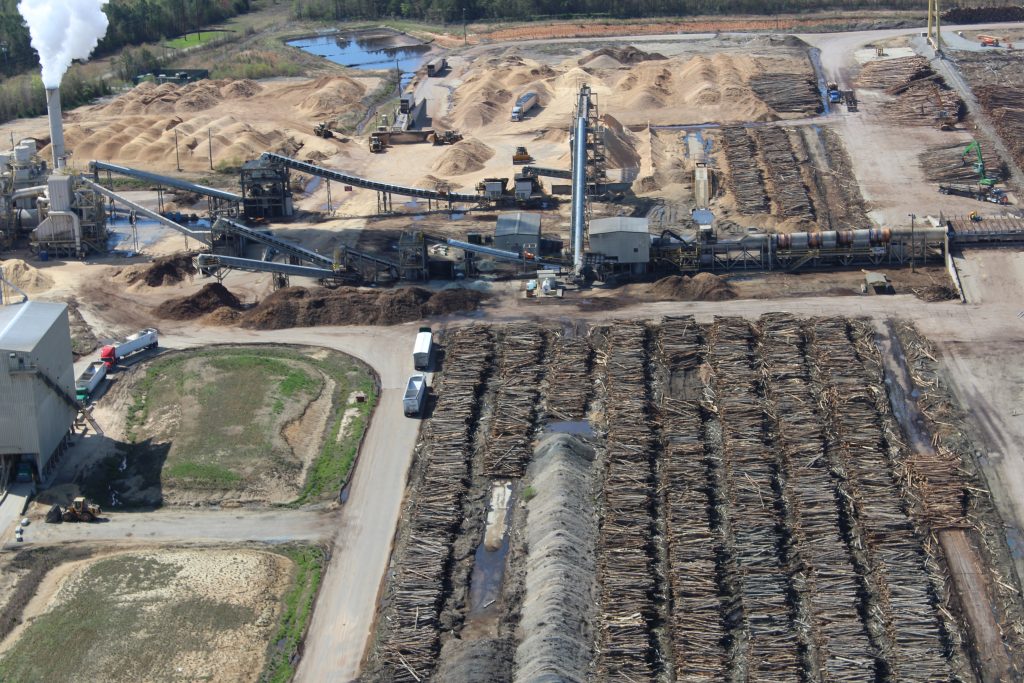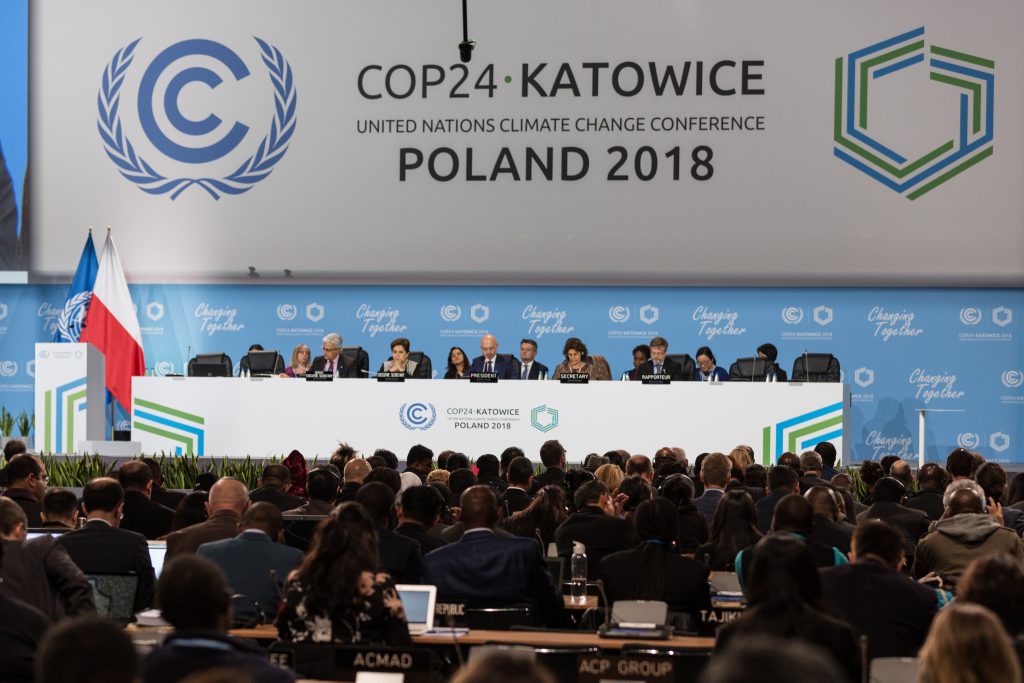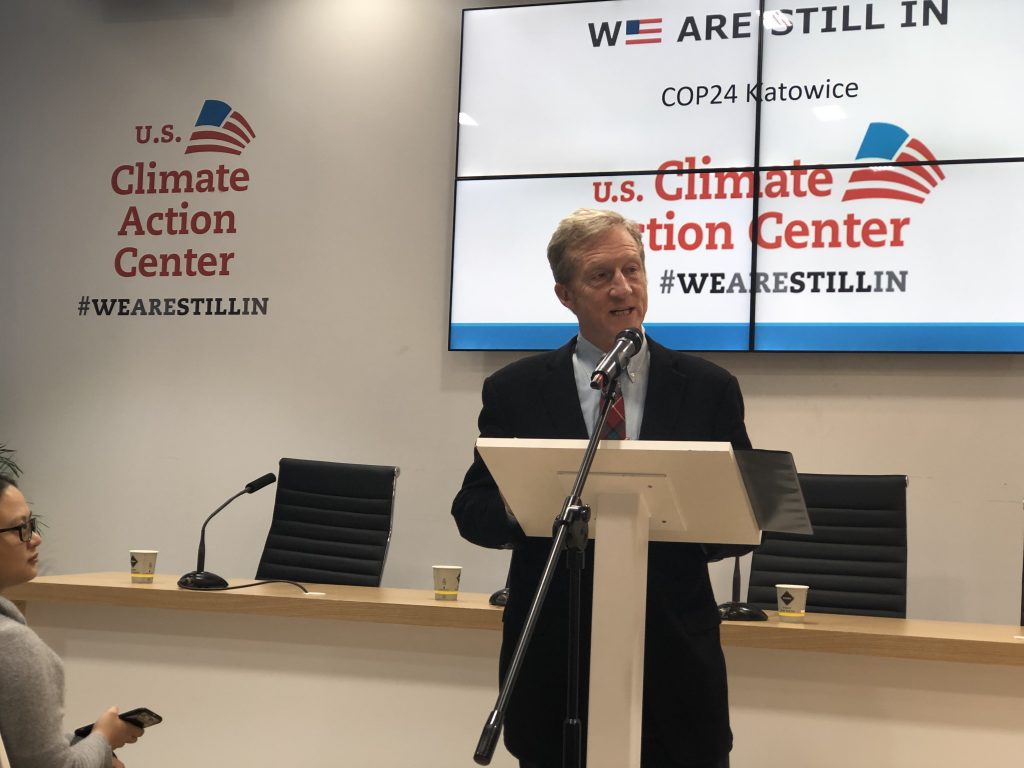
Having covered six United Nations climate summits, dating back to Lima, Peru, in 2014, I am all too familiar with the ambitious promises of climate action and the unified chorus of environmental-protection support from world leaders (until Trump). And then, of course, as my previous story out of British Columbia illustrates, nothing — a near-total lack of political will to prioritize nature, forests and biodiversity over anything resembling sacrifice or pushback against polluting industries and forestry interests.
President Joe Biden appears to be trying to change that. He has sent constant signals that he and his entire government intend to act on climate change in a broad and coordinated way not only to reassert US leadership after the reckless and embarrassing Trump years, but because of the science: we have less than 10 years to dramatically decarbonize G-20 economies to stave off the climate crisis that worsens every day, according to multiple reports from the International Panel on Climate Change.
In my first breaking news story since COP25 in Madrid in December 2019, I cover Biden’s Leaders Summit on Climate and address the gap between climate-action promises made by the US, China, the UK, EU and others, and what still stands in the way of desperately needed real action. The Eurasia Review republished my story.
As Dave McGlinchey of the Woodwell Climate Research Center told me: “This summit could be a critical turning point in our fight against climate change, but we have seen ambitious goals before and we have seen them fall flat. Today’s commitments must be followed with effective implementation, and with transparent reporting and accurate carbon accounting.”
